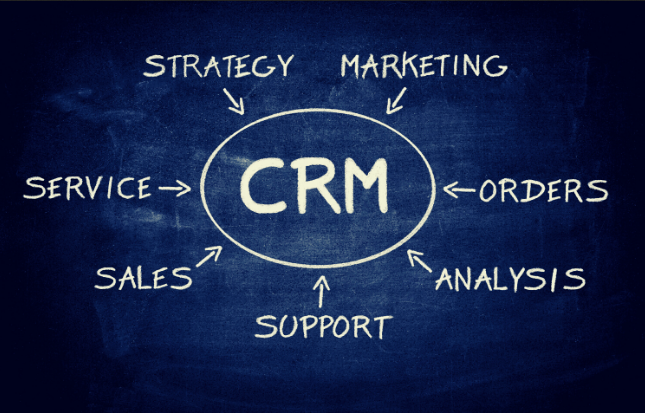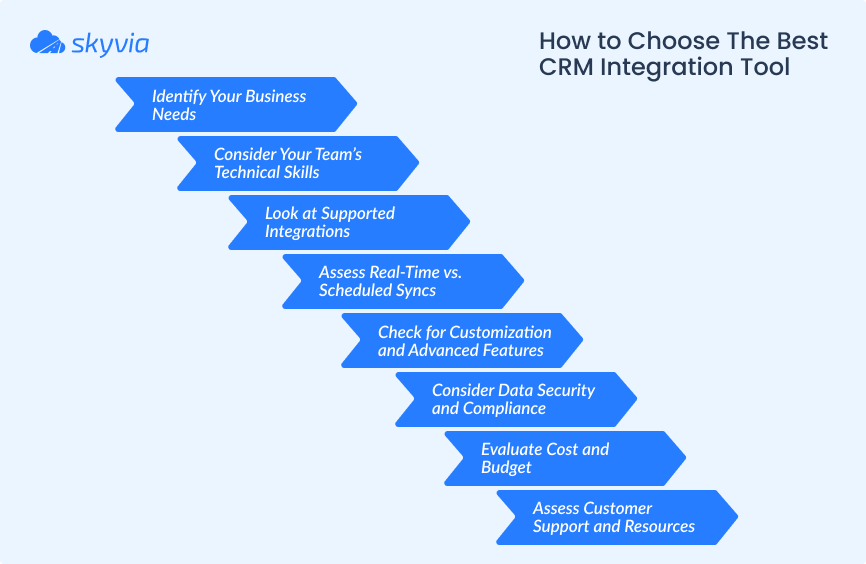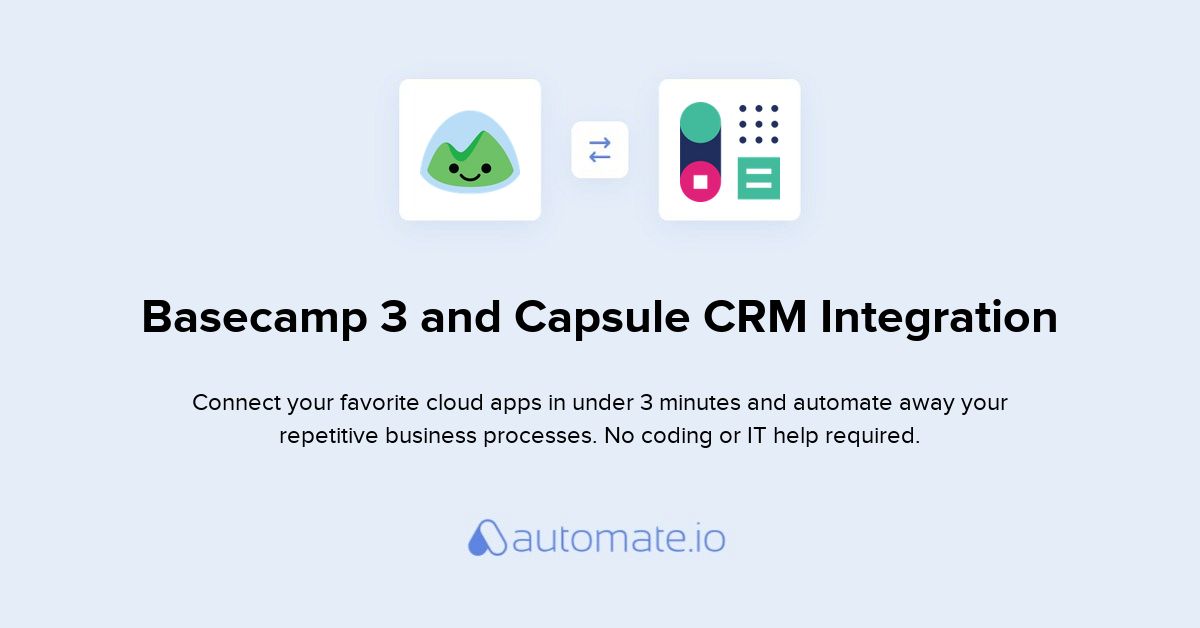
Unlock the Power of CRM: Why Optimization Matters
In today’s hyper-competitive landscape, simply having a Customer Relationship Management (CRM) system isn’t enough. You need to harness its full potential. CRM marketing optimization is the key to unlocking explosive growth, turning leads into loyal customers, and maximizing your return on investment (ROI). This isn’t just about ticking a box; it’s about strategically leveraging your CRM to understand your customers better, personalize their experiences, and drive meaningful engagement.
Think of your CRM as the central nervous system of your marketing efforts. It’s where you store vital customer data, track interactions, and orchestrate campaigns. Without optimization, you’re essentially leaving money on the table. You’re missing opportunities to nurture leads, provide exceptional customer service, and build lasting relationships. This article is your comprehensive guide to CRM marketing optimization, providing actionable tips and strategies to transform your CRM from a data repository into a powerful engine for growth. We’ll delve into everything from data management and segmentation to automation and performance analysis, equipping you with the knowledge and tools you need to succeed.
Data, Data Everywhere: Mastering CRM Data Management
The foundation of any successful CRM strategy is data. High-quality, accurate, and up-to-date data is the lifeblood of your marketing efforts. Without it, you’re essentially shooting in the dark. Poor data quality leads to wasted resources, ineffective campaigns, and frustrated customers. So, how do you master CRM data management?
1. Data Cleansing and Standardization: The First Step
Your CRM is only as good as the data it contains. Start by cleaning up your existing data. This involves identifying and correcting errors, removing duplicates, and standardizing data formats. Tools like data validation software and data enrichment services can automate this process, saving you time and effort. Focus on ensuring consistency across all data fields, from contact information to purchase history. This will allow you to gain a clear and unified view of your customers.
2. Data Segmentation: Divide and Conquer
Once your data is clean, it’s time to segment it. Data segmentation involves dividing your customer base into distinct groups based on shared characteristics, such as demographics, purchase history, behavior, and interests. Segmentation allows you to tailor your marketing messages to specific groups, increasing the relevance and effectiveness of your campaigns. For example, you could segment your customers by age, location, or product preferences. This way, you can create targeted campaigns that resonate with each segment, leading to higher engagement and conversion rates.
3. Data Enrichment: Adding Value to Your Data
Data enrichment involves supplementing your existing customer data with additional information from external sources. This can include demographic data, social media profiles, and purchase intent data. Data enrichment provides a more comprehensive understanding of your customers, allowing you to personalize your marketing efforts even further. For instance, you could use data enrichment to identify your customers’ job titles, industry, and company size. This allows you to customize your messaging to better address their specific needs and pain points.
4. Data Security and Compliance: Protecting Your Customers
Data security and compliance are paramount. Ensure your CRM system complies with all relevant data privacy regulations, such as GDPR and CCPA. Implement robust security measures to protect customer data from unauthorized access or breaches. This includes using strong passwords, encrypting sensitive data, and regularly backing up your CRM data. Transparency with your customers about how you collect and use their data is also critical. Building trust is essential for long-term customer relationships.
Crafting Targeted Campaigns: Segmentation and Personalization
With a solid foundation of clean, segmented, and enriched data, you’re ready to craft targeted campaigns that resonate with your audience. The key is personalization – delivering the right message to the right person at the right time.
1. Understand Your Audience: The Heart of Personalization
Before you launch any campaign, take the time to understand your audience. Conduct thorough customer research, including surveys, interviews, and data analysis. Identify their needs, pain points, and preferences. This will help you create campaigns that are relevant and engaging. Create detailed customer personas to represent your ideal customers. These personas will guide your content creation, messaging, and campaign targeting.
2. Segmentation Strategies: Reaching the Right People
Leverage your data segmentation to target specific groups with tailored messages. For example, you could create a campaign for customers who have recently purchased a specific product, offering them related products or services. Or, you could target leads who have shown interest in a particular topic with informative content and special offers. The more specific your segmentation, the more effective your campaigns will be. Consider segmenting based on:
- Demographics: Age, gender, location, income, education.
- Behavior: Website activity, purchase history, email engagement, social media interactions.
- Psychographics: Interests, values, lifestyle, personality traits.
- Purchase stage: Awareness, consideration, decision, retention.
3. Personalization Techniques: Making it Personal
Personalization goes beyond simply using a customer’s name in an email. It involves tailoring the entire customer experience to their individual preferences and needs. Here are some personalization techniques to consider:
- Dynamic content: Display different content on your website or in your emails based on a customer’s behavior or preferences.
- Personalized product recommendations: Suggest products that are relevant to a customer’s past purchases or browsing history.
- Personalized email subject lines: Use the customer’s name, recent purchases, or interests to make your subject lines more engaging.
- Behavioral triggers: Send automated emails based on specific customer actions, such as abandoning a shopping cart or visiting a specific page on your website.
4. A/B Testing: Refining Your Campaigns
A/B testing, also known as split testing, is crucial for optimizing your campaigns. Test different variations of your marketing materials, such as subject lines, email copy, and website landing pages, to see which performs best. Continuously analyze your results and make adjustments to improve your campaigns’ effectiveness. A/B testing allows you to identify what resonates with your audience and make data-driven decisions.
Automation: Streamlining Your Marketing Efforts
Automation is a game-changer for CRM marketing optimization. It allows you to streamline your marketing processes, save time, and improve efficiency. Automation enables you to deliver personalized experiences at scale, nurturing leads, and engaging customers throughout the customer lifecycle.
1. Email Automation: Nurturing Leads and Engaging Customers
Email automation is one of the most powerful tools in your CRM arsenal. Create automated email sequences to nurture leads, onboard new customers, and re-engage inactive customers. Here are some examples:
- Welcome emails: Greet new subscribers and provide them with valuable information.
- Lead nurturing emails: Guide leads through the sales funnel with informative content and offers.
- Abandoned cart emails: Remind customers about items left in their shopping carts.
- Post-purchase emails: Thank customers for their purchase and offer support.
2. Workflow Automation: Automating Tasks and Processes
Workflow automation allows you to automate repetitive tasks and processes, freeing up your team to focus on more strategic initiatives. Examples include automatically assigning leads to sales reps, updating customer records based on interactions, and sending automated notifications. Automation reduces the risk of human error and ensures consistency across your marketing efforts.
3. Chatbots: Providing Instant Support and Engagement
Chatbots can be integrated into your CRM to provide instant support and engagement to your customers. Chatbots can answer frequently asked questions, guide customers through the sales process, and collect customer information. They can also route complex inquiries to human agents. Chatbots improve customer satisfaction and free up your team’s time.
4. Social Media Automation: Managing Your Social Presence
Many CRM systems integrate with social media platforms, allowing you to schedule posts, track mentions, and engage with your followers. Automation can streamline your social media efforts, saving you time and ensuring consistent brand messaging.
Analyzing and Optimizing: Measuring Success and Iterating
CRM marketing optimization is an ongoing process. You need to continuously analyze your results and make adjustments to improve your performance. Data-driven decision-making is key to achieving sustainable growth.
1. Key Performance Indicators (KPIs): Tracking Your Progress
Identify and track key performance indicators (KPIs) to measure the success of your CRM marketing efforts. Examples include:
- Conversion rates: The percentage of leads who convert into customers.
- Customer lifetime value (CLTV): The predicted revenue a customer will generate over their lifetime.
- Customer acquisition cost (CAC): The cost of acquiring a new customer.
- Email open rates and click-through rates: Measures of email campaign engagement.
- Website traffic and engagement: Metrics related to website performance.
2. Reporting and Analytics: Gaining Insights
Use your CRM’s reporting and analytics tools to gain insights into your marketing performance. Analyze your data to identify trends, patterns, and areas for improvement. Generate regular reports to track your progress and share insights with your team. Analyze your data to identify what’s working and what’s not. This can help you optimize your campaigns and improve your ROI.
3. A/B Testing: Continuous Improvement
As mentioned earlier, A/B testing is crucial for optimizing your campaigns. Continuously test different variations of your marketing materials to see which performs best. Use A/B testing to refine your messaging, improve your website design, and optimize your email campaigns. By continuously testing and iterating, you can improve your campaigns’ effectiveness and achieve better results.
4. Feedback and Iteration: Staying Agile
Gather feedback from your customers and your team to identify areas for improvement. Listen to your customers’ needs and preferences and adjust your marketing efforts accordingly. Be agile and willing to adapt your strategies based on your data and feedback. This iterative process will help you continuously improve your CRM marketing efforts and achieve sustainable growth.
Best Practices for CRM Marketing Optimization
Implementing the strategies outlined above requires a commitment to best practices. Here are some key considerations:
1. Integration: Connecting Your Systems
Ensure your CRM is integrated with all your other marketing tools and platforms. This includes your email marketing software, website analytics platform, social media channels, and e-commerce platform. Integration allows you to share data seamlessly and automate your marketing processes. It provides a unified view of your customer data and enables personalized experiences.
2. Training and Adoption: Empowering Your Team
Provide your team with adequate training on how to use your CRM effectively. Encourage user adoption by making the CRM easy to use and providing ongoing support. Ensure your team understands the importance of data accuracy and data privacy. Regular training sessions and workshops will help your team stay up-to-date with the latest CRM features and best practices.
3. Mobile Optimization: Reaching Customers on the Go
Optimize your CRM for mobile devices. Ensure your website, emails, and marketing materials are responsive and display correctly on all devices. Consider using a mobile CRM app to give your sales team access to customer data on the go. Mobile optimization is essential for reaching customers who are increasingly using mobile devices.
4. Security: Protecting Your Data
Prioritize data security and compliance. Implement robust security measures to protect customer data from unauthorized access or breaches. Ensure your CRM system complies with all relevant data privacy regulations. Regularly review your security protocols and update them as needed. Educate your team about data security best practices.
5. Regular Audits: Keeping Things in Check
Conduct regular audits of your CRM system to ensure data accuracy, compliance, and overall effectiveness. Identify and address any issues or areas for improvement. An audit will allow you to identify and correct any data quality issues, security vulnerabilities, and process inefficiencies. Regular audits are essential for maintaining a healthy and optimized CRM system.
Common Mistakes to Avoid
Even with the best intentions, some common mistakes can derail your CRM marketing optimization efforts. Here are some pitfalls to avoid:
1. Neglecting Data Quality
Poor data quality is the biggest obstacle to CRM success. Invest in data cleansing, standardization, and enrichment to ensure your data is accurate and up-to-date. Regularly review and update your data to prevent inaccuracies from creeping in. Remember, garbage in, garbage out.
2. Ignoring Segmentation
Treating all customers the same is a recipe for failure. Segment your audience and tailor your messaging to specific groups. Ignoring segmentation leads to irrelevant campaigns and low engagement rates. Take advantage of your customer data to create targeted campaigns that resonate with specific segments.
3. Overlooking Personalization
Personalization is not a buzzword; it’s a necessity. Failing to personalize your marketing efforts will result in missed opportunities. Use customer data to tailor your messaging, product recommendations, and website content. Personalization builds stronger relationships and drives conversions.
4. Underutilizing Automation
Automation is your friend. Failing to automate your marketing processes will waste your team’s time and limit your reach. Automate email campaigns, workflows, and social media posting. Automate repetitive tasks to free up your team to focus on more strategic initiatives.
5. Not Measuring and Analyzing Results
If you’re not measuring your results, you’re flying blind. Track your KPIs, analyze your data, and make data-driven decisions. Ignoring your analytics leads to wasted resources and ineffective campaigns. Analyze your data to identify what’s working and what’s not. Use this information to optimize your campaigns and improve your ROI.
The Future of CRM Marketing Optimization
The future of CRM marketing optimization is bright, with new technologies and trends constantly emerging. Stay ahead of the curve by embracing these developments:
1. Artificial Intelligence (AI) and Machine Learning (ML)
AI and ML are transforming CRM marketing. AI-powered tools can automate tasks, personalize experiences, and predict customer behavior. Leverage AI to improve your data analysis, campaign optimization, and customer service. AI can help you identify patterns and insights that would be impossible to find manually. It can also automate many of your time-consuming marketing tasks.
2. Hyper-Personalization
Customers expect personalized experiences. Hyper-personalization involves tailoring your marketing efforts to each individual customer’s unique preferences and needs. Use data and AI to create highly personalized campaigns that resonate with your audience. Hyper-personalization will become increasingly important as customers demand more individualized attention.
3. Omnichannel Marketing
Customers interact with your brand across multiple channels. Omnichannel marketing involves creating a seamless and consistent experience across all channels, including email, social media, website, and mobile app. Ensure your CRM integrates with all your channels to provide a unified view of your customer data. Omnichannel marketing allows you to deliver consistent messaging and personalized experiences across all touchpoints.
4. Customer Data Platforms (CDPs)
CDPs are becoming increasingly popular. A CDP is a centralized platform that collects and organizes customer data from all sources. CDPs provide a unified view of your customer data, enabling you to personalize your marketing efforts more effectively. CDPs can integrate with your CRM to enhance your data management and campaign optimization capabilities.
5. Privacy and Compliance
Data privacy regulations will continue to evolve. Stay informed about the latest regulations and ensure your CRM system complies with all requirements. Prioritize data security and transparency to build trust with your customers. Data privacy is an ongoing concern, so it’s important to stay up-to-date on the latest regulations and best practices.
Conclusion: Unleash the Power of CRM
CRM marketing optimization is not a one-time project; it’s an ongoing journey. By implementing the tips and strategies outlined in this article, you can transform your CRM into a powerful engine for growth. Focus on data management, segmentation, personalization, automation, and continuous analysis. Embrace new technologies and trends to stay ahead of the curve. By optimizing your CRM, you can build stronger customer relationships, drive more conversions, and achieve sustainable growth. Don’t just have a CRM; master it. Your success depends on it. Start today and unlock the full potential of your CRM system, and watch your sales soar!




